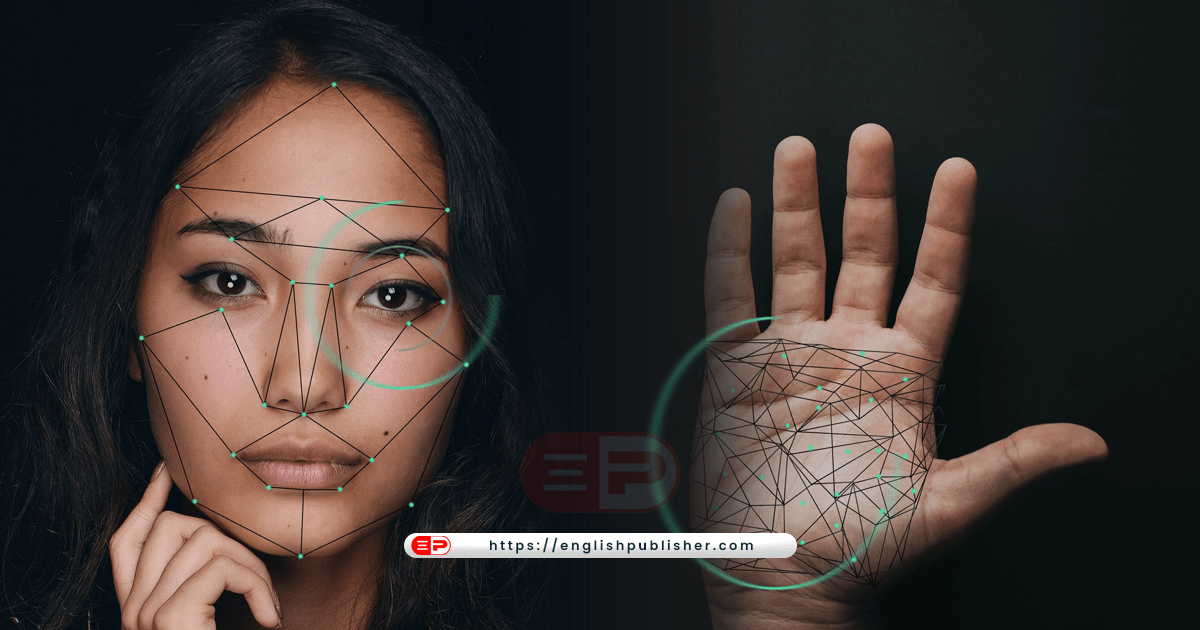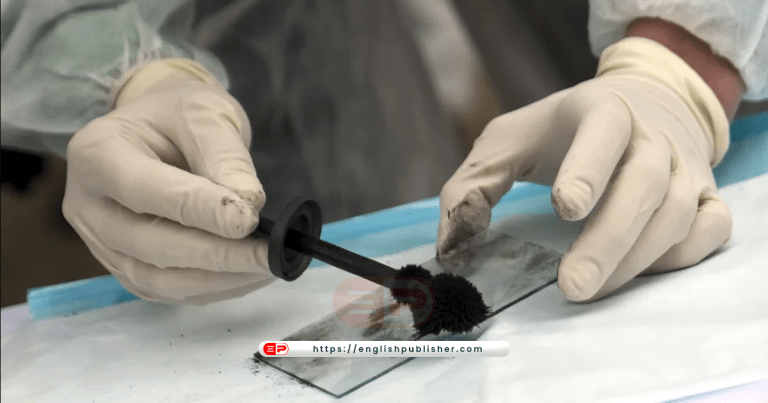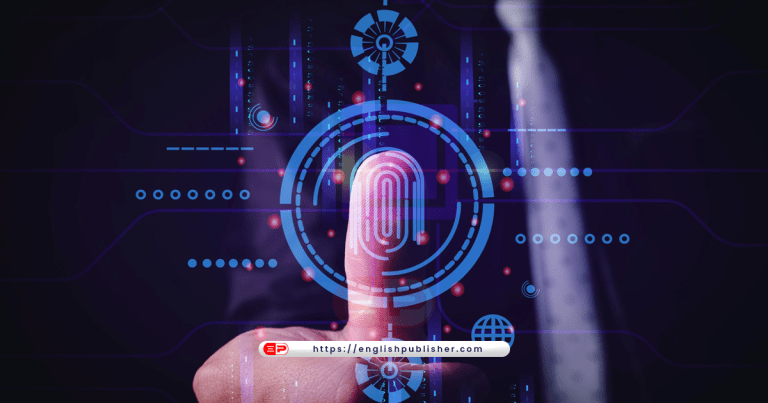Amazon recently announced a new payment system in physical stores that involves a simple movement of your hand over a scanner.
The device takes an infrared image of the palm of the hand, identifies the customer by their unique vein pattern and processes their payment in about a second.
Later, the product will be tested in two stores in Seattle (USA) to expand the Amazon store network.
But Jeff Bezos’ company isn’t the first to implement this biometric technology, which has been gaining popularity in East Asia for years.
Major airports in South Korea save time by scanning passengers’ palms, and local governments in Japan implement the system to securely identify their residents.
According to a study published by market research consultancy iMark, the technology known as ‘palm biometrics’ will generate over $1 billion in revenue in 2022 and is expected to reach $3.72 billion by 2028. Is.
Biometrics is already part of our lives, we use this technology every time we unlock our smartphone, although it is still used in other devices and facilities such as supermarkets, restaurants, residential complexes, hotels or airports. 100% has not been implemented at bases.
According to experts, the full extension of palm biometrics to other fields would be a new and solid alternative.
We explain some of the advantages it can have over the most commonly used methods today, such as fingerprints or facial recognition.
Better security
Forging a fingerprint or fooling a facial recognition system isn’t easy, but it’s not impossible either.
In the case of fingerprints, many attempts have been made with varying degrees of success, from latex molds to 3D printing, and photographs have also been used to circumvent facial recognition systems.
Mimicking the pattern of veins on the inside of a person’s hand is more difficult.
“These patterns are different for each finger and for each individual, and because they are hidden beneath the surface of the skin, the patterns are different,” researcher Basil Halleck, from the University of Southampton’s Faculty of Electronics and Computing, told the BBC. It is extremely difficult to copy them.’
For example, a well-placed fingerprint on a door handle can be extracted by experts and copied into a template, which is impossible in the case of palm identification, which has veins under the skin. and are protected by multiple layers of tissue.
Even if a sophisticated criminal were to gain access to accurate data on a vein sample from a person’s hand and were able to copy it onto a life-size model, the scanner would likely detect that it was a Not a true organ because it lacks blood flow.
Thus, this technology is considered a promising alternative in situations where accurate and reliable identification is required, such as for access to restricted areas or for payment verification.
Experts and defenders of this new technology also ensure that it better protects consumer privacy. Unlike fingerprints and above all, facial recognition, it identifies through a hidden pattern. .
“You can’t determine a person’s identity by looking at a picture of their palm,” says Halak.
consistency
Our fingerprints do not change throughout our lives.
But they can deteriorate with aging, skin conditions or certain physical activities, making them difficult to spot and failing identifiers.
In the case of facial recognition, changes in appearance that a person may experience throughout life. For example, plastic surgery procedures, beards or tattoos also complicate verification.
This is not the case with palm recognition systems, whose vein patterns are highly complex and unique to each individual. And above all they are not changed by external factors of the body.
“Compared to other forms of identifiers, this form of biometric authentication is based on physical characteristics that remain constant throughout life.”
correction
High accuracy is another major advantage of palm vein recognition technology.
Fingerprints are often misidentified due to dirty hands or incorrect finger placement.
Also, the use of glasses, masks and other objects make face recognition difficult.
Using infrared rays, hand vein identification scanners ensure high accuracy and avoid false positives or negatives.
Japanese company Fujitsu published a study in April confirming that its palm recognition system had a false positive rate of just 8 in 100 million.
In the case of fingerprint detection and facial recognition systems, these ratios vary depending on the quality of the equipment and other factors, but most of them have an error rate between 0.1 percent and one percent, which The figure is much higher than that presented by Fijistu and which the BBC has not been able to independently verify.
hygenic
After the Covid-19 pandemic, the world’s perception of personal hygiene has changed.
Many people worry that everyday activities such as stair railings, pressing an elevator button or turning a door handle can cause the transmission of viruses and bacteria.
In this sense palm vein recognition is considered a hygienic alternative to fingerprints in biometric identification.
According to experts, this could force certain institutions and corporations to opt for this technology, for example hospitals with strict hygiene protocols to prevent infectious disease or companies where food is processed. Is.
What do the critics say?
Although there is no shortage of people touting its benefits, this new technology has also been criticized.
When Amazon announced its new palm-based payment system, consumer privacy advocacy group Big Brother Watch disagreed.
“Amazon continues to dominate the market with disruptive and dystopian technologies that solve problems that don’t exist,” said Silki Carlo, CEO of Amazon.
No one is required to provide biometrics to purchase goods or services. Amazon’s push to standardize biometric payments and home surveillance devices risks building a world where we’re easy to track and record, which will inevitably disempower citizens.
Of course, being a more advanced technology that is not yet widely used, it is expensive, experts say.
Many of them believe that this branch of biometrics will continue to grow and will be gradually adopted by various industries.
In the coming years we will know whether it is sustainable as a real alternative to current identification methods or not.


